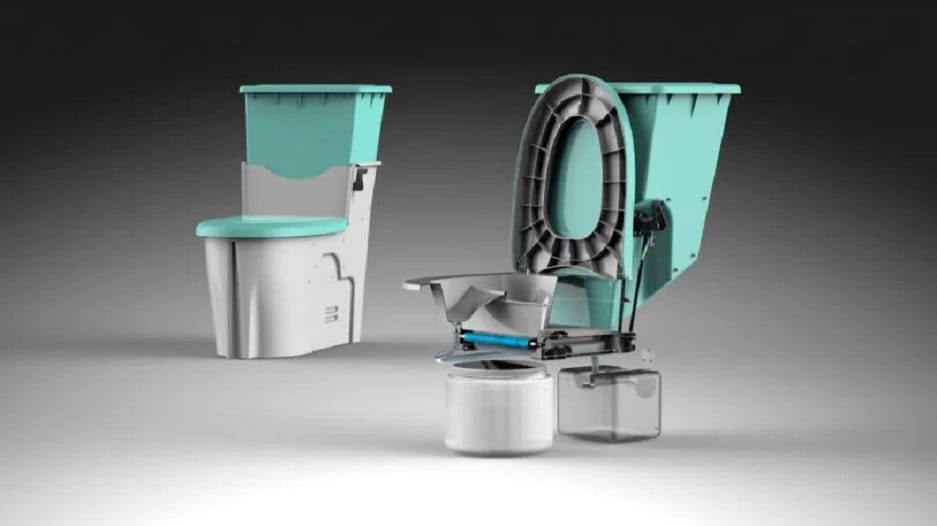
The designer, Archie Read, completed his internship year with a sanitation company, inspired by his interest in providing waterless toilets for cities in Madagascar and portable sanitation facilities for events.
During his two-year stay, he discovered the different facets of the sanitation and recycling industry, particularly from the point of view of design through to manufacturing.
The design student saw and studied cities and people suffering from unsanitary sanitation in their neighborhoods, and this became his starting point to advance a project aimed at the sanitation crisis, the birth of Sandi, her durable toilet that expels excrement and urine thanks to the sand.
Read wrote his project to design and prototype a decent waterless toilet solution for low-income countries, with rural sub-Saharan Africa in mind.
Your waterless toilet solution must meet the service level of safe managementbased on the UN Sustainable Development Goals description for sanitation services, and must have the capacity to treat the excreta and urine of a household of seven adults for two days or three kilos of solid waste and 30 liters of liquid waste in total.
And especially, it needs to be affordable enough to make and people can afford it. From these ideas, Read started with his prototype and completed it with the mechanisms of his waterless toilet.
Contents
How does Sandy work?

To make it work, Read installed a mechanical flushing system via a basic treadmill that would move feces from the toilet to the tank below the body.
The user fills the body with sand and pushes one level to move the sand into the cup.

Once the bowl is full of sand, the user relieves himself, pulls the chain with the same lever and waits for the sand to push the dirt towards the trapdoor that crosses the warehouse below.

Read also installed a separator to separate feces from urine. This system helps to separate liquids from solids and allows the user to treat feces like compost once removed from the storage tank.
In this way, the process is decentralized, because as the waste is separated, there is no contamination.

Read’s extensive testing was successful, but revealed that there is still something to perfect. The hatch door did not open fully, so debris remains. It seems to be because the weight of the spring does not allow it to fully close.
Looking ahead, Read could see the Sandi waterless toilet selling for $72 apiece, with no running costs, because the toilet requires no construction work and minimal assembly. Simply secure the toilet to the floor, fill it with flushing materials and it’s ready to use. Sandy too can store a minimum of 20 liters of solid waste and 30 liters of liquid waste. A household of seven should empty it once every ten days.
